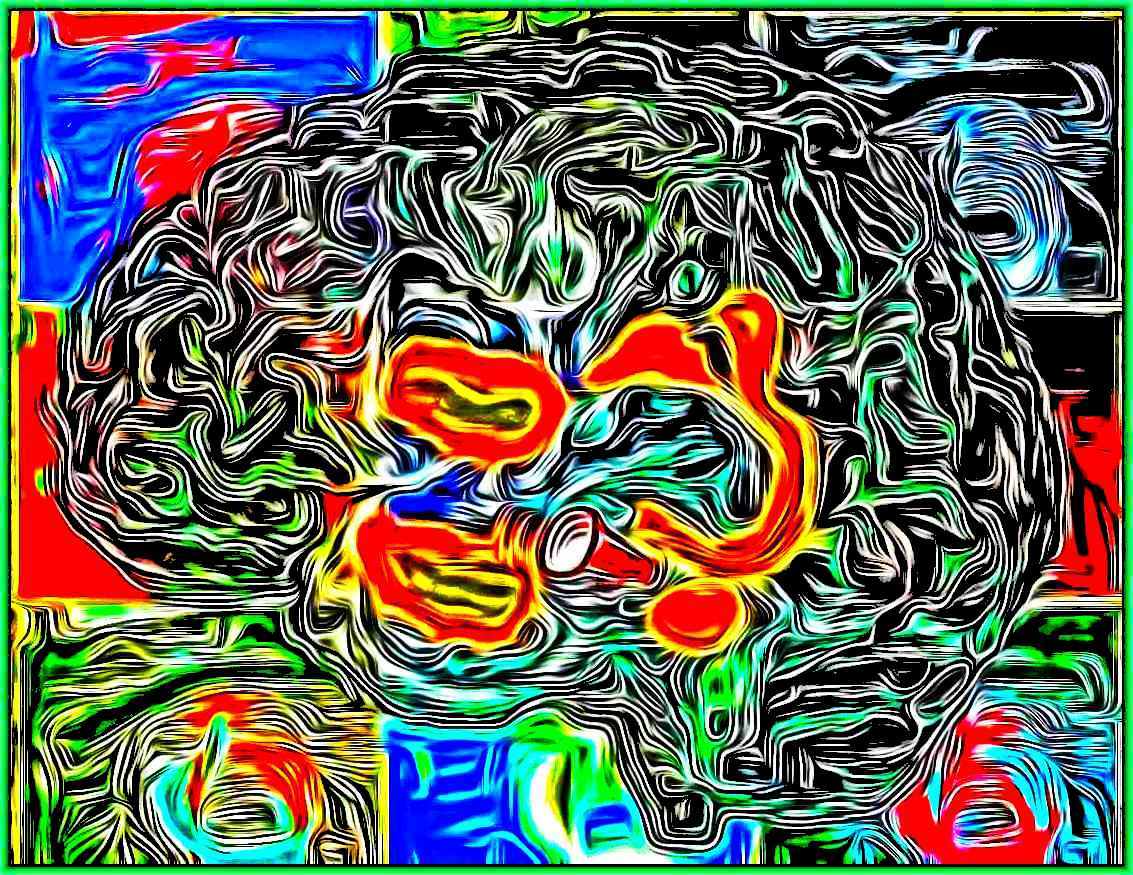


From 2012, The International Consortium on Hallucination Research (ICHR) advocated that pathological features of AHs and effective treatment strategies should be investigated from multiple perspectives (Humpston et al., 2019 Jardri, Larøi, Waters, & International Consortium on Hallucination Research, 2019 Waters, 2012 Waters, Aleman, Fernyhough, & Allen, 2012 Waters, Woods, & Fernyhough, 2014).Īuditory hallucinations are observed in neurological diseases (such as dementia, Parkinson's disease, tinnitus, epilepsy, and other neurodegenerative conditions) and mental disorders (such as schizophrenia, schizoaffective disorder, major depression disorder, bipolar disorder, post‐traumatic stress disorder, anxiety disorder, borderline personality disorder, alcohol withdrawal, and narcolepsy), as well as in the general populations. As such, effective intervention strategies for persistent AHs are lacking, with poor therapeutic outcomes for AHs (Breier, Schreiber, Dyer, & Pickar, 1991 Craig et al., 2018 Craig, Ward, & Rus‐Calafell, 2016 Harkavy‐Friedman et al., 2003 Johns et al., 2014 Lee, Choi, Song, Chung, & Suh, 2004 Shergill, Murray, & McGuire, 1998 Thomas et al., 2019). Nevertheless, the neural mechanisms of AHs have not been fully elucidated. AHs are associated with a high incidence of self‐harm, aggression, and increased suicide risk in individuals that experience them, especially during adolescence and early adulthood (Brennan, Mednick, & Hodgkin, 2000 Fujita et al., 2015 Harris & Barraclough, 1997 Hodelet, 2001 Slotema et al., 2017). AHs may also occur in the general population, with a reported prevalence of 10%–15% (Alderson‐Day et al., 2016 Daalman, Diederen, Hoekema, Lutterveld, & Sommer, 2016 Diederen, Daalman, et al., 2012 Diederen, van Lutterveld, & Sommer, 2012 Garrison et al., 2017 Sommer et al., 2010).

AHs also occur in other psychiatric disorders and neurological diseases. The prevalence of AHs in patients with schizophrenia is approximately 70% (Blom, 2015 Maijer, Begemann, Palmen, Leucht, & Sommer, 2018). Individuals experience vivid perceptions of sound that have a strong sense of reality. Auditory hallucinations (AHs) are psychotic symptoms characterized by the lack of corresponding external stimuli.


 0 kommentar(er)
0 kommentar(er)
